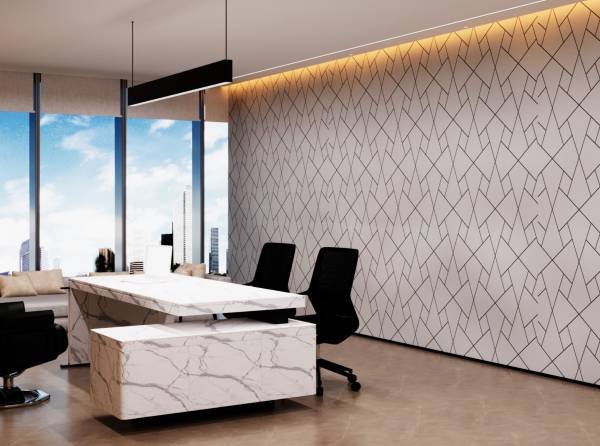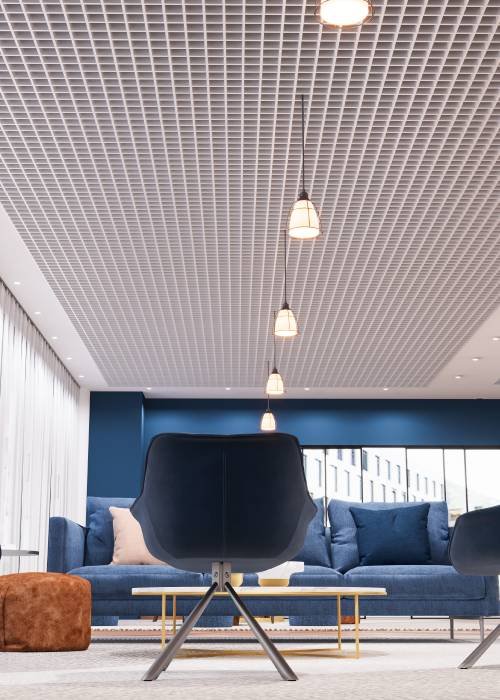Acoustic boards help lessen undesirable reflected sound in any room...
A metal false ceiling is one that is built along the walls’ edges. You can instantly modify the aesthetic of your area by merely referring to it as a false ceiling. It’s great for making a room feel bigger or giving the impression that a wall is higher. Here are some helpful hints for installing a metal false ceiling and creating stunning effects in your area.
First, think about what kind of material would best suit your needs. Steel, aluminium, fibreglass, and gypsum false ceilings are just some of the options. Before you choose a material, you must first learn about it. Then, decide the purpose of your home and the appropriate insulation for your requirements. Consider your ventilation, lighting, and fire-resistance options.


The price of a pop-up artificial ceiling is determined by your demands and design. The design takes precedence. Then there’s the material and installation charges. If you don’t want to spend a lot of money, check for kits that include everything you’ll need. That way, you won’t have to worry about saving money by not employing specialists to instal it.
Metal, gypsum false ceiling, pvc false ceiling, and natural leather false ceiling are just a few of the types available. You can customise the size and colour of a metal faux ceiling to match your decor. Make sure the colour and size of the rug match the paint and other decorations in the space. It is preferable to get a size that is somewhat larger than the space where it will be installed. A sheet metal false ceiling should have an extra-durable coating to withstand wear and tear.
You can save money with pop false ceiling if you don’t use special glue to adhere the panels to the ceiling tiles or other materials. A specific sealer should be used to ensure that they last for a long time. Special cutters should be used while installing tiles to ensure the optimum finish and avoid chipping the tile floor.
In false or genuine stone false or ceiling panels, there are numerous varieties of artificial or real stone. Granite, limestone, quartz, and soapstone are examples. Despite the fact that these materials appear to be extremely similar, they are not. Soapstone and quartz are volcanic sand, while granite and limestone are volcanic aggregates. As a result, you must select one of the two and instal it on either the main or secondary ceiling of your home.
If you’re intending to utilise gypsum board as a wall panel, you should first cover it with gypsum or plaster, then cover it with clear gypsum or plaster. You can use a board that is the same colour as the interior and has the same wallpaper, or you can use a board that is a different colour and has a different wallpaper. You can also use another material to cover the top and sides of the artificial ceiling.
Metal is the most common ceiling material due to its durability and fire resistance. Metal ceilings are popular in both business and residential settings. Metals such as aluminium, steel, iron, vinyl, wood, and fibreglass can be used to create this style of ceiling. These ceilings come in a number of sizes and forms, and they can even be custom sized. As a result, if you’re searching for a more long-lasting, appealing, and elegant solution, a metal ceiling is the way to go.
Acoustic boards help lessen undesirable reflected sound in any room...
Acoustic boards help lessen undesirable reflected sound in any room...
Open spaces have been known as the trending layout for...
WhatsApp us